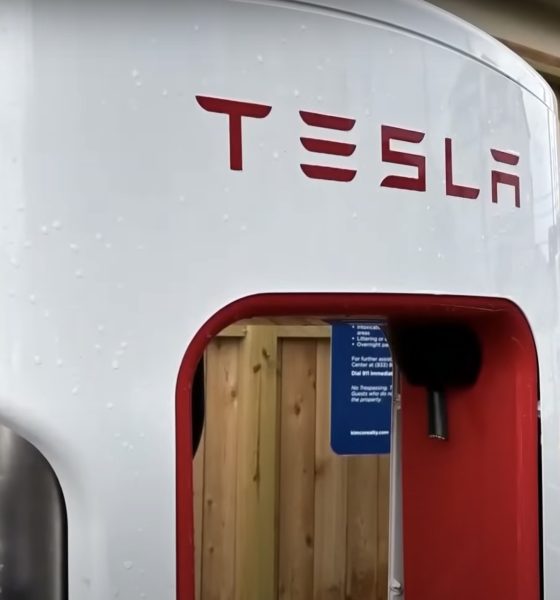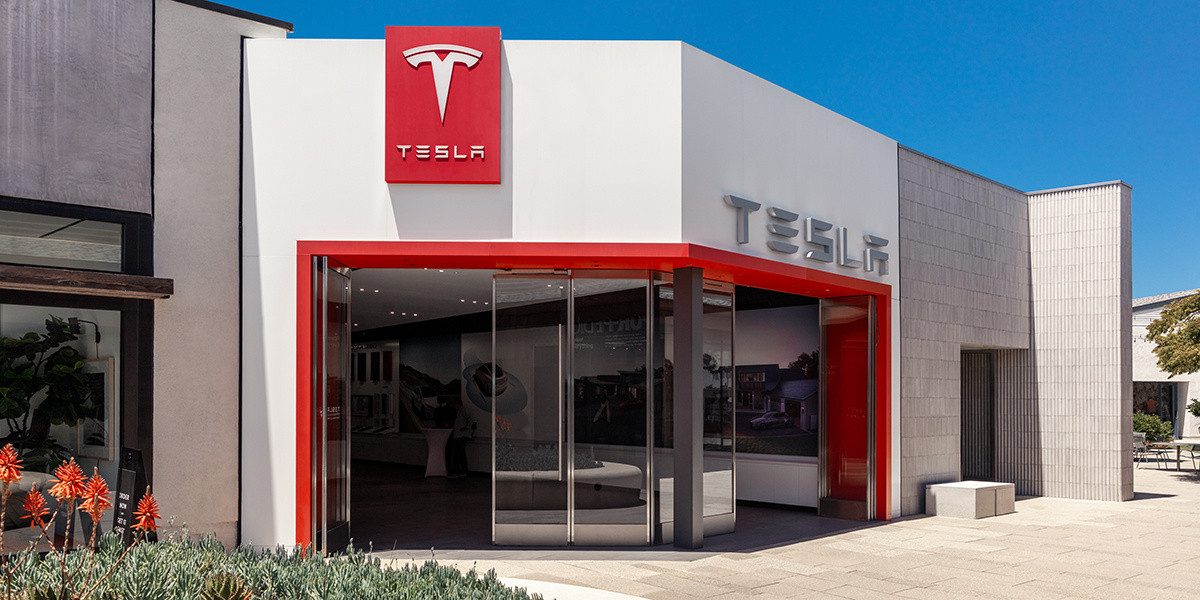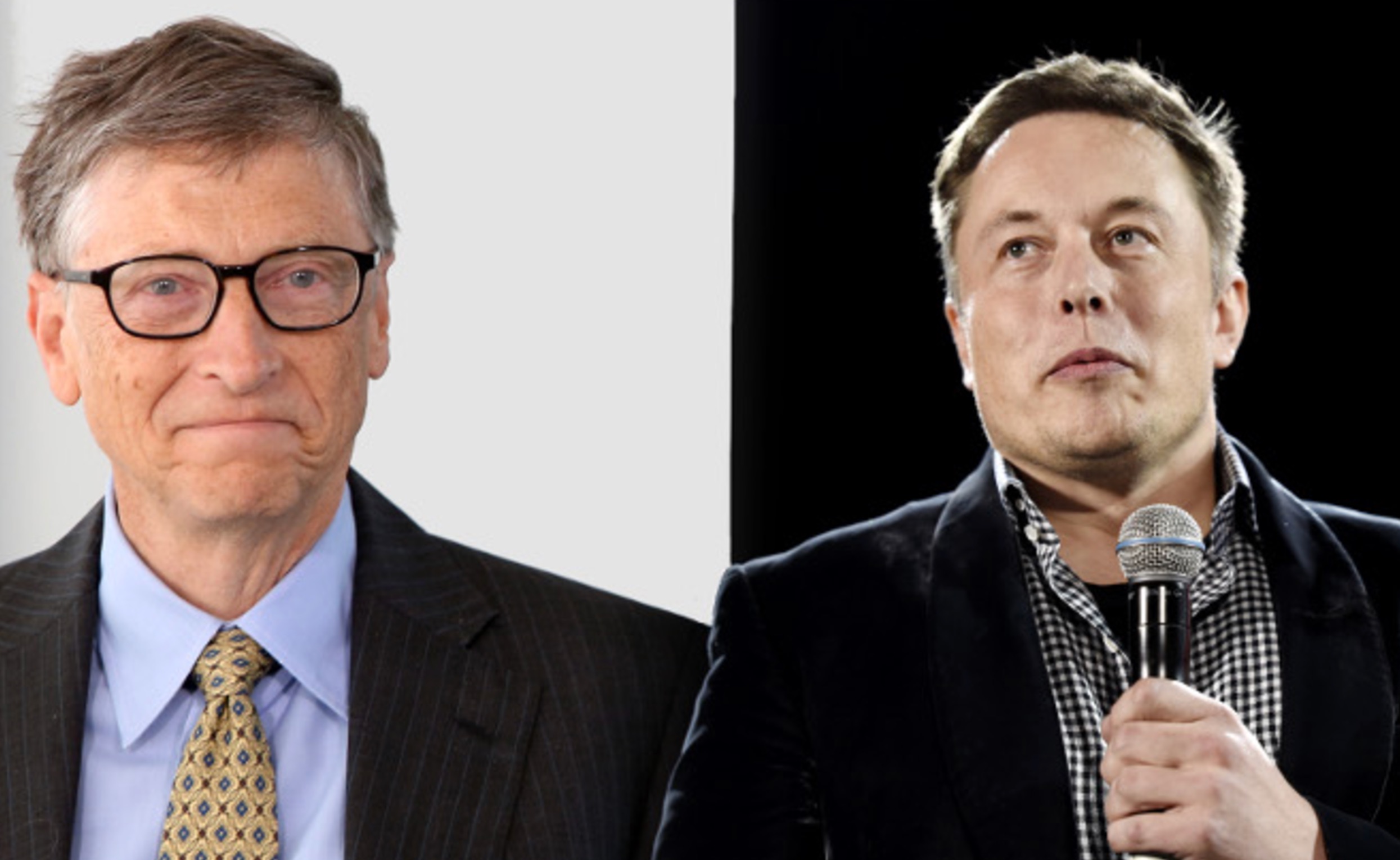

News
Tesla Superchargers struck as US sees surge in EV charging cable thefts
It appears that a surge in electric vehicle (EV) charging cable thefts is happening across the United States. Over the past few months, an increasing number of charging stations have become targets for thieves. The motivations behind these incidents are speculated to be either the resale of materials used in the cables or simple vandalism against EVs. And the situation seems to be escalating.
As per a recent Associated Press (AP) report, Tesla Superchargers in Seattle, Oakland, and Houston have been hit particularly hard. Seattle authorities have reported seven cable thefts from Tesla Supercharger stations so far this year, which already matches the total number of thefts for full year 2023.
Houston Police Sgt. Robert Carson informed the AP that until about a month ago, Houston police hadn’t received any reports of EV charging cable thefts. Then, there was only one reported incident. Today, nine similar thefts have been reported, with one particularly brazen theft involving 18 out of 19 charging cables at a Tesla Supercharger.
Carson noted that he visited the attacked Tesla Supercharger, and he saw around ten electric vehicles that had to leave due to the theft. “They’re not just taking one or two. When they hit, they hit hard, Carson stated.
Cable theft across the electric vehicle (EV) charging industry is on the rise, affecting drivers' daily commutes. We are committed to cooperating with law enforcement to swiftly address this issue and ensure uninterrupted access to charging for our EV customers. https://t.co/wHoObIQEpC— Electrify America (@ElectrifyAm) June 12, 2024
It’s not just Tesla’s Superchargers that are being targeted. Electrify America, a member of Tesla’s North American Charging Standard (NACS) coalition, has also seen a significant increase in EV charging cable thefts. Electrify America noted that two years ago, they would experience roughly one theft every six months. Through May 2024, the number has skyrocketed to 129, four more than FY 2023.
As per Anthony Lambkin, VP of Operations at Electrify America, attacks on even a single charging location can cause significant inconvenience for electric vehicle owners. Lambkin mentioned that one Electrify America station in Seattle has had its charging cables stolen six times in the past year.
“We’re enabling people to get to work, take their kids to school, and reach medical appointments. So, having an entire station rendered unusable is quite impactful on our customers,” Lambkin noted.
EVgo, another prominent electric vehicle rapid charging provider, confirmed that incidents of vandalism against EV charging infrastructure are indeed on the rise. EVgo, along with Flo, another player in the EV charging space, has documented charging cable thefts in Nevada, California, Arizona, Colorado, Illinois, Oregon, Tennessee, Texas, and Pennsylvania.
Charging companies suspect that thieves might be stealing the EV charging cables to sell the copper they contain. However, despite copper prices reaching a high of nearly $5.20 per pound in May, Sgt. Carson estimated that EV charging cable thieves likely only receive around $15 to $20 per cable at scrap yards. “They’re not making a substantial amount of money. They’re not going to be living a life of luxury off these thefts,” Carson stated.
Charging companies are actively taking steps to deter thefts at their locations. Electrify America has opted to install additional security cameras at its stations. The Recycled Materials Association has also issued alerts from law enforcement agencies to its 1,700 members, aiming to raise awareness about potentially stolen materials.
Don’t hesitate to contact us with news tips. Just send a message to simon@teslarati.com to give us a heads up.

News
Tesla dispels reports of ‘sales suspension’ in California
“This was a “consumer protection” order about the use of the term “Autopilot” in a case where not one single customer came forward to say there’s a problem.
Sales in California will continue uninterrupted.”

Tesla has dispelled reports that it is facing a thirty-day sales suspension in California after the state’s Department of Motor Vehicles (DMV) issued a penalty to the company after a judge ruled it “misled consumers about its driver-assistance technology.”
On Tuesday, Bloomberg reported that the California DMV was planning to adopt the penalty but decided to put it on ice for ninety days, giving Tesla an opportunity to “come into compliance.”
Tesla enters interesting situation with Full Self-Driving in California
Tesla responded to the report on Tuesday evening, after it came out, stating that this was a “consumer protection” order that was brought up over its use of the term “Autopilot.”
The company said “not one single customer came forward to say there’s a problem,” yet a judge and the DMV determined it was, so they want to apply the penalty if Tesla doesn’t oblige.
However, Tesla said that its sales operations in California “will continue uninterrupted.”
It confirmed this in an X post on Tuesday night:
This was a “consumer protection” order about the use of the term “Autopilot” in a case where not one single customer came forward to say there’s a problem.
Sales in California will continue uninterrupted.
— Tesla North America (@tesla_na) December 17, 2025
The report and the decision by the DMV and Judge involved sparked outrage from the Tesla community, who stated that it should do its best to get out of California.
One X post said California “didn’t deserve” what Tesla had done for it in terms of employment, engineering, and innovation.
Tesla has used Autopilot and Full Self-Driving for years, but it did add the term “(Supervised)” to the end of the FSD suite earlier this year, potentially aiming to protect itself from instances like this one.
This is the first primary dispute over the terminology of Full Self-Driving, but it has undergone some scrutiny at the federal level, as some government officials have claimed the suite has “deceptive” naming. Previous Transportation Secretary Pete Buttigieg was vocally critical of the use of the name “Full Self-Driving,” as well as “Autopilot.”
News
New EV tax credit rule could impact many EV buyers
We confirmed with a Tesla Sales Advisor that any current orders that have the $7,500 tax credit applied to them must be completed by December 31, meaning delivery must take place by that date. However, it is unclear at this point whether someone could still claim the credit when filing their tax returns for 2025 as long as the order reflects an order date before September 30.

Tesla owners could be impacted by a new EV tax credit rule, which seems to be a new hoop to jump through for those who benefited from the “extension,” which allowed orderers to take delivery after the loss of the $7,500 discount.
After the Trump Administration initiated the phase-out of the $7,500 EV tax credit, many were happy to see the rules had been changed slightly, as deliveries could occur after the September 30 cutoff as long as orders were placed before the end of that month.
However, there appears to be a new threshold that EV buyers will have to go through, and it will impact their ability to get the credit, at least at the Point of Sale, for now.
Delivery must be completed by the end of the year, and buyers must take possession of the car by December 31, 2025, or they will lose the tax credit. The U.S. government will be closing the tax credit portal, which allows people to claim the credit at the Point of Sale.
🚨UPDATE: $7,500 Tax Credit Portal “Closes By End of Year”.
This is bad news for pending Tesla buyers (MYP) looking to lock in the $7,500 Tax Credit.
“it looks like the portal closes by end of the year so there be no way for us to guarantee the funds however, we will try our… pic.twitter.com/LnWiaXL30k
— DennisCW | wen my L (@DennisCW_) December 15, 2025
We confirmed with a Tesla Sales Advisor that any current orders that have the $7,500 tax credit applied to them must be completed by December 31, meaning delivery must take place by that date.
However, it is unclear at this point whether someone could still claim the credit when filing their tax returns for 2025 as long as the order reflects an order date before September 30.
If not, the order can still go through, but the buyer will not be able to claim the tax credit, meaning they will pay full price for the vehicle.
This puts some buyers in a strange limbo, especially if they placed an order for the Model Y Performance. Some deliveries have already taken place, and some are scheduled before the end of the month, but many others are not expecting deliveries until January.
Elon Musk
Elon Musk takes latest barb at Bill Gates over Tesla short position
Bill Gates placed a massive short bet against Tesla of ~1% of our total shares, which might have cost him over $10B by now

Elon Musk took his latest barb at former Microsoft CEO Bill Gates over his short position against the company, which the two have had some tensions over for a number of years.
Gates admitted to Musk several years ago through a text message that he still held a short position against his sustainable car and energy company. Ironically, Gates had contacted Musk to explore philanthropic opportunities.
Elon Musk explains Bill Gates beef: He ‘placed a massive bet on Tesla dying’
Musk said he could not take the request seriously, especially as Gates was hoping to make money on the downfall of the one company taking EVs seriously.
The Tesla frontman has continued to take shots at Gates over the years from time to time, but the latest comment came as Musk’s net worth swelled to over $600 billion. He became the first person ever to reach that threshold earlier this week, when Tesla shares increased due to Robotaxi testing without any occupants.
Musk refreshed everyone’s memory with the recent post, stating that if Gates still has his short position against Tesla, he would have lost over $10 billion by now:
Bill Gates placed a massive short bet against Tesla of ~1% of our total shares, which might have cost him over $10B by now
— Elon Musk (@elonmusk) December 17, 2025
Just a month ago, in mid-November, Musk issued his final warning to Gates over the short position, speculating whether the former Microsoft frontman had still held the bet against Tesla.
“If Gates hasn’t fully closed out the crazy short position he has held against Tesla for ~8 years, he had better do so soon,” Musk said. This came in response to The Gates Foundation dumping 65 percent of its Microsoft position.
Tesla CEO Elon Musk sends final warning to Bill Gates over short position
Musk’s involvement in the U.S. government also drew criticism from Gates, as he said that the reductions proposed by DOGE against U.S.A.I.D. were “stunning” and could cause “millions of additional deaths of kids.”
“Gates is a huge liar,” Musk responded.
It is not known whether Gates still holds his Tesla short position.








